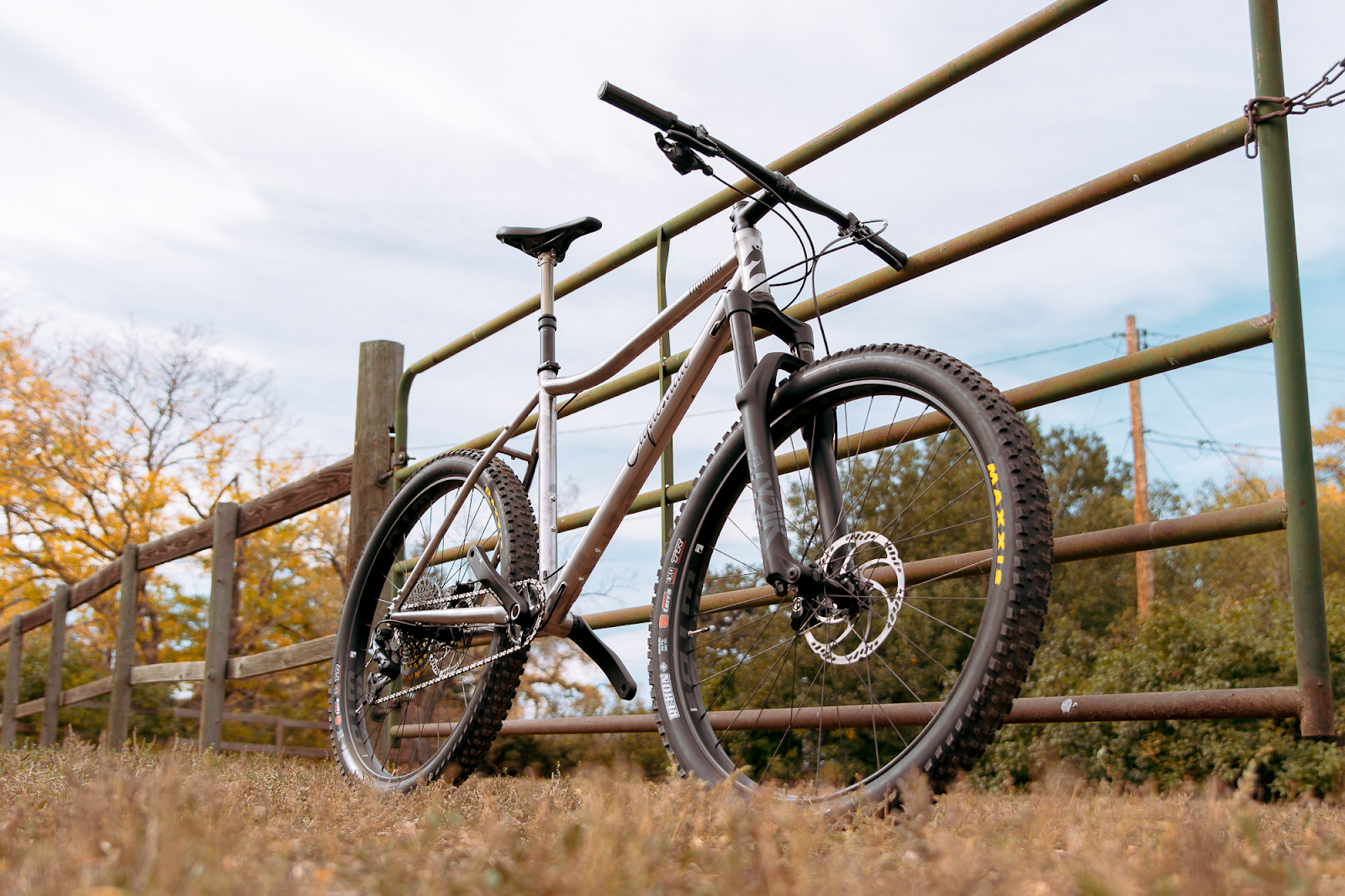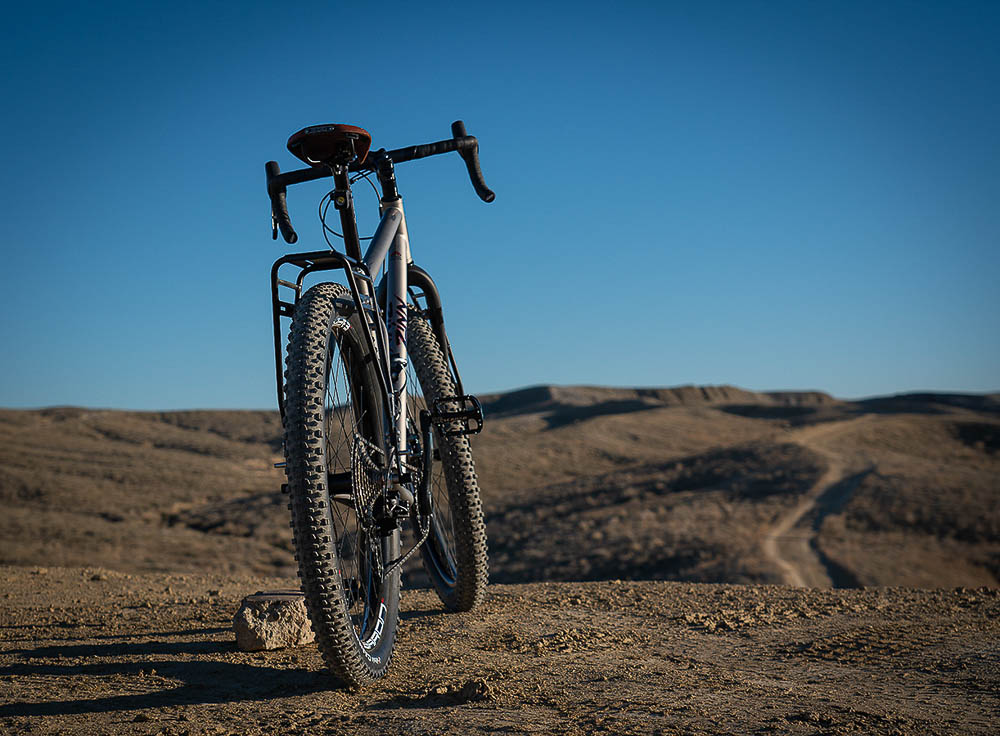In the cycling world, handlebars are one of the most vital parts of your bike. There are a few different handlebar types to choose from, and your planned usage will be the deciding factor. Drop-down handlebars , normally called “drop bars” and flat bars are some of the most popular options, but is there a difference between the two? And which one is right for you? Today we’re diving into the drop handlebars vs. flat handlebars conversation to help you make the best decision for your riding style and to maximize your performance.
Drop Down Handlebars – What Are They?
Drop-down handlebars, also known as “drop bars,” are a type of handlebar commonly used on road bikes. They get their name from the hand grips that offer lower positioning than the straight portion of the handlebar, allowing the rider to “drop” down into a more aerodynamic position. Manufacturers use carbon fiber or aluminum to make drop-down handlebars. The distinctive shape of drop bars allows for multiple hand positions, and more experienced cyclists looking for speed and more control while riding use them.
Drop bars enable the rider to get low and out of the wind, which can be helpful in the wind or other racing situations where speed is a priority. In addition, riders can use them for more leisurely riding, and many find drop bars more comfortable than flats due to the flexibility in hand placement. When riding drop bars, riders spend most of their time with hands on the lever hoods which provide an ergonomic position. The ideal width of a drop bar is about the width of your shoulders so that your arms are reaching straight to the hoods and allowing for your body to be supported by the skeletal system of the arms. This helps reduce muscle fatigue for longer rides. However, if you are a beginner, you may find that drop-down handlebars are less comfortable and harder to control. So, when comparing drop-down handlebars vs. flat, it is wise to test both.
Drop-Down Handlebars vs. Flat Bars – The Pros

Drop bars offer several advantages over flat or straight bars. First, drop-down handlebars allow the rider to change hand and body positions, which can be helpful on long rides. The design also allows for a more aerodynamic position, which can help shave precious seconds off your time. When riding downhill, through headwinds, or at high speeds, lowering your body position can reduce wind exposure to help you conserve energy.
Secondly, the dropped design provides an ideal grip for confidently descending steep hills and can provide better leverage for climbing and sprinting. Finally, the horizontal section of the bar puts your hands in a natural position for braking and shifting gears and helps relieve fatigue on long rides. When it comes to the drop handlebar vs. flat bar discussion, competitive road and gravel cyclists prefer drop bars for these reasons. However, they can also be an excellent option for casual riders who want to get the most out of their bike.
Drop-Down Handlebars vs. Flat Bars – the Cons
Of course, there are also some disadvantages to using drop bars. One is that they can be less comfortable than flat bars for beginners—it takes some time to get used to riding in the drops (the lowest part of the handlebar), and the dropped shape puts your hands in an unnatural position that can lead to wrist, arm, and shoulder pain. Second, drop bars can make the bike very hard to control in tight turns at high speeds. Additionally, drop-down handlebars put the rider in a less upright position, which can increase fatigue on long treks. While it’s common for drop bar bikes to have a less upright riding position, it is possible for Lennard to design a custom bike with drop bars AND an upright riding position if you need an upright position but prefer drop bars.
Flat Handlebars – The Pros

When it comes to mountain bikes and gravel bikes, flat handlebars are more suitable for some riding styles than drop-down handlebars. Flat handlebars are an excellent choice for mountain biking because they give you more control over the bike. When you’re riding on rough terrain, you need to be able to maneuver your bike quickly and precisely. With flat handlebars, you have more leverage than drop bars, which means you can make corrections easily and keep your ride smooth. Flat handlebars are also a great choice for commuting bikes or hybrid bikes. A flat bar is wider than a drop bar and gives a feeling of greater stability. This is what makes it a preferred choice for recreational city and hybrid bikes or for beginners.
Flat Handlebars – The Cons
Flat handlebars have a few potential disadvantages that riders should be aware of before making a purchase. First, flat handlebars can strain your wrists and forearms since they lack the ergonomic curve that drop-down handlebars have. SQLab handlebars have an ergonomic sweep to create a more natural wrist position and reduce hand numbness and wrist pain. Drop bars provide multiple options for hand placement, while flat bars do not allow the rider to move as freely and can lead to numbness or discomfort. Some riders opt for inner bar ends to add multiple hand positions. In addition, flat handlebars aren’t as aerodynamic as drop bars in heavy winds or at higher speeds and offer less control and stability in windy conditions.
Handlebars That Suit Your Needs

The pros and cons of drop-down handlebars and flat bars really depend on what you are looking to get from your ride. Whether you’re looking for custom parts for your bike, or you’re in the market for a new bike for big and tall riders, you can count on the team at Bike Clydesdale to help answer all your cycling questions. Our bikes are built by enthusiasts for enthusiasts to maximize your riding experience. Send us a message or call 303-499-4349 to speak to our experts and get a bike that fits.



